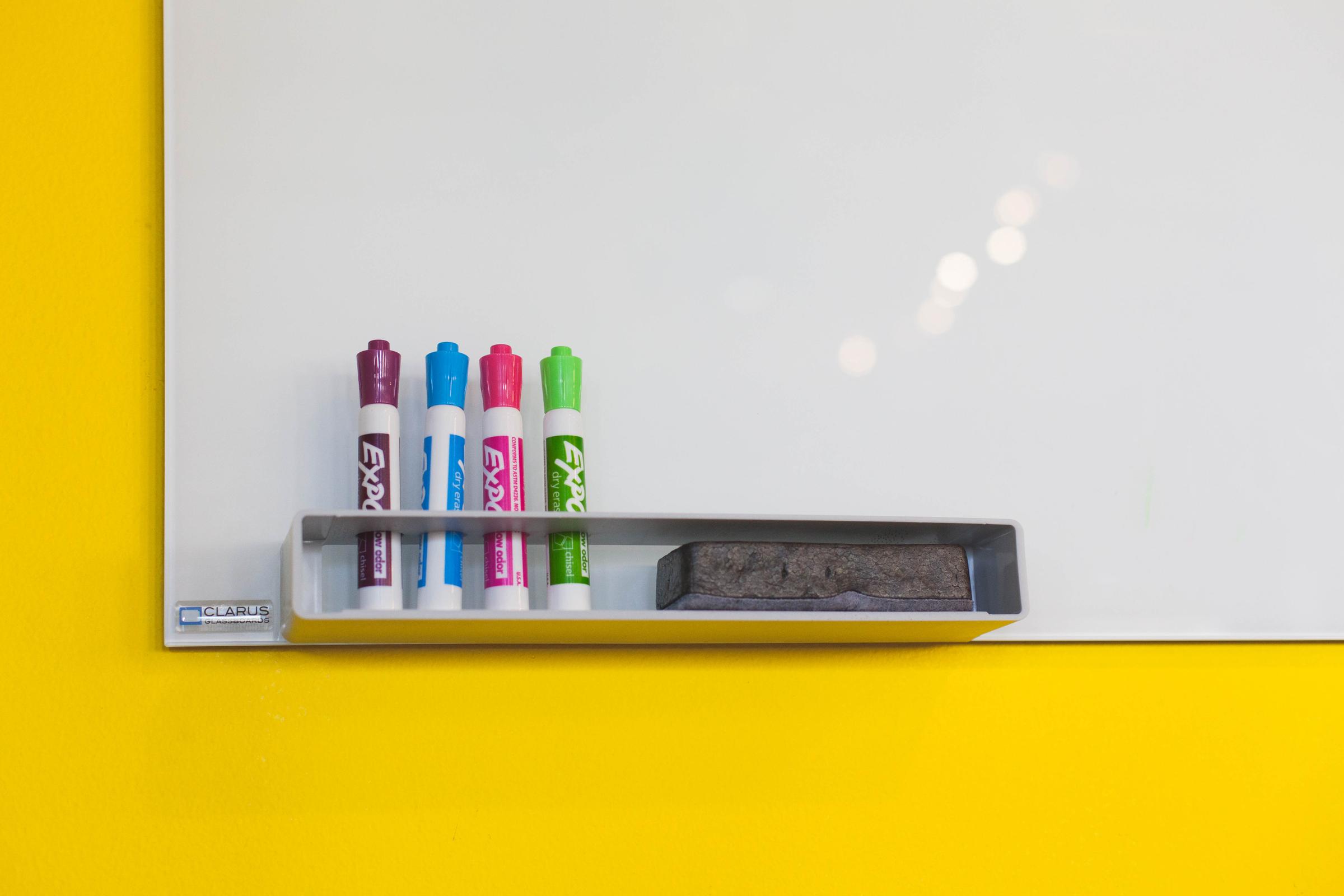Numeracy

Nine great ways to use dice to build number understanding and fluency
Here are a few simple ideas for games that work to build fluency with operations from the Fluency Tasks members section of the Back to Front Maths website:
- Roll 3 dice and try to get as close as possible to a particular total
- Roll 2 dice and then using only those numbers make all of the numbers between 1 and 10 (yes it really is possible if you use them more than once!) You can use any operations, or make fractions or indices.
For example, if you roll a 2 and a 3:
- 3-2
- 2
- 3
- 2+2 or 22
- 2+3
- 2×3
- 22+3
- 23
- 32
- 2(2+3), or 23+2, or 32+2/2…
- Roll any 2 dice and make any number between 1 and 100 using only those numbers (yes, it really is possible, sometimes with some very long equations!)
- Starting with a set amount of play money, roll dice to find out how much you will spend on an item. Keep going until only one player has money left.
- Play multiplication bingo – choose multiples of 1-6 to go on a 4×4 grid. Roll 2 dice and multiply the results to get the number. Same can be done with addition and subtraction, including using negative numbers.
- Roll 4 dice and use the associative property to look at all of the possible options for multiplying the numbers (e.g. 4, 3, 4, 2 could be 12 x 8 or 16 x 6 or 32 x 3 or 48 x 2 or 24 x 4 etc.) All will give the same total as they all have the same exact factors. Try to find as many as possible within a given time period.
- Roll two numbers and then come up with a third number that could accompany them. Play in pairs. Have the partner try to work out how the third number was determined. Alternatively, take turns coming up with a third number. The winner is the last person to come up with a third number (e.g. If I rolled a 2 and a 3 I could potentially make: 1, -1, 5, 6, 8, 9, 2/3, 1.5 etc.) Must be a one-step operation, not just something like putting a decimal point in.
- Roll any three or four dice. Arrange the numbers to show the largest/smallest number possible from those digits. Then rearrange to show the second largest/smallest number possible.
Twist: Play in pairs. Using a hundreds, tens and ones chart roll one die at a time and place that digit on the chart. Once it has been placed it cannot be moved. Then roll the second die and place it, without moving the first die. The winner is the person with the largest/smallest number after all 3 have been rolled.
- Roll any two dice and place the results in any of the spaces in a part-part-whole chart. A partner has to name a number to complete the chart (e.g. the whole might be 2 and the part might be 3, so the other part might be -1 as 3 + -1 = 2. It might also be 2/3 as 3 x 2/3 = 2).
